Contact : +254 725 877 146
Nairobi Tour : Africa’s Climate Awakening!
For 2.5 electrifying days, the Climate Reality Leadership Training became a living organism!
In the heart of East Africa, under the sweeping Nairobi skies, the Climate Reality Leadership Training convened from June 12 to 14, 2025, and it was nothing short of transformative. Hosted by The Climate Reality Project and featuring a roster of global and African climate leaders, this training brought together passionate individuals from across the continent and beyond to reimagine a future of bold climate action, justice, and resilience.
As the world faces an escalating climate emergency, Nairobi, a city teeming with innovation, diversity, and environmental leadership proved to be the ideal host for a training that blended science, spirituality, activism, art, and advocacy. This wasn’t just a gathering. It was a spark, a deeply human experience grounded in truth, urgency, and purpose.
DAY ONE: TRUTH, TRANSFORMATION, AND TOGETHERNESS
We arrived on Day One with eager anticipation, hundreds of climate advocates, organizers, researchers, artists, students, elders, and government representatives. What unfolded was a multi-sensory journey through science, stories, and soul.
A Wake-Up Call with Rhythm
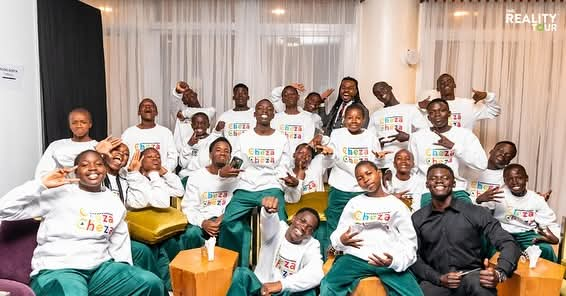
Our journey began not with statistics or charts, but with dance. The youth-led group ChezaCheza infused the air with rhythm and resilience, performing a movement piece that spoke of healing and hope in the face of adversity. Their dance was more than art, it was activism, a reminder that the climate movement must be as soulful as it is scientific.
Voices of Wisdom and Faith
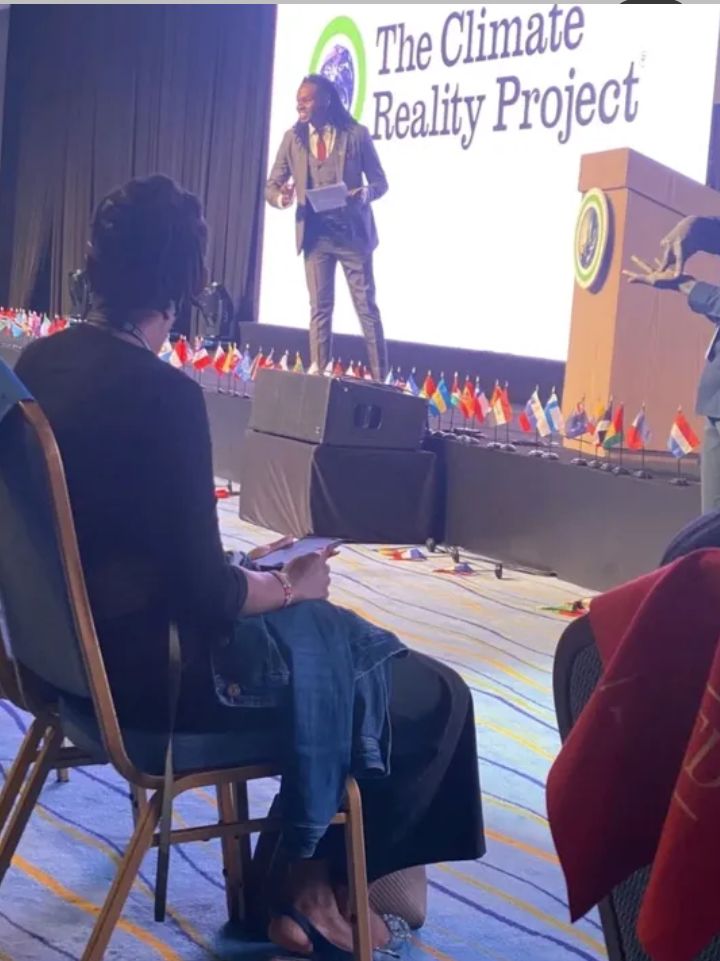
Kaluki Paul Mutuku, Executive Director of KEAN International, shared his climate story, a testimony of transformation from grassroots mobilizer to continental leader. His words reminded us why we were here: not to speak for communities but with them.
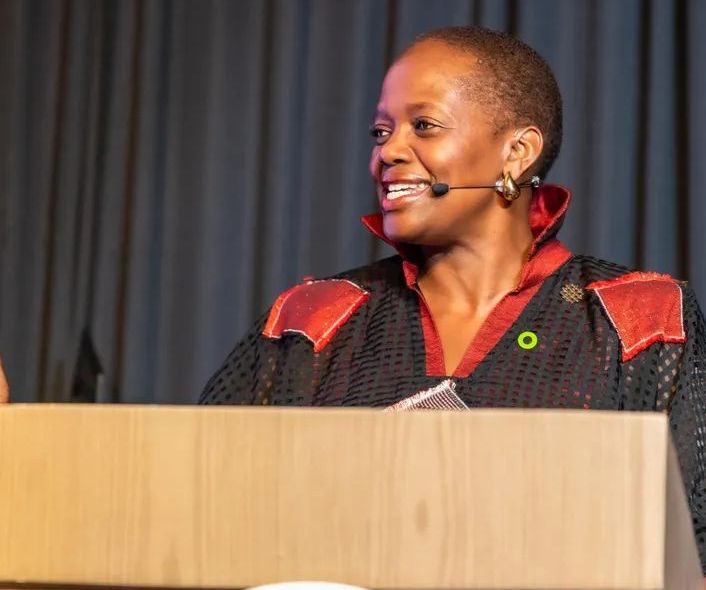
Soon after, Reverend Dr. Lesmore Gibson Ezekiel invoked a spiritual call to action, urging us to protect “our common home” and recognizing faith as a uniting force in climate justice. Regardless of creed, we were reminded that caring for the Earth is a moral imperative.
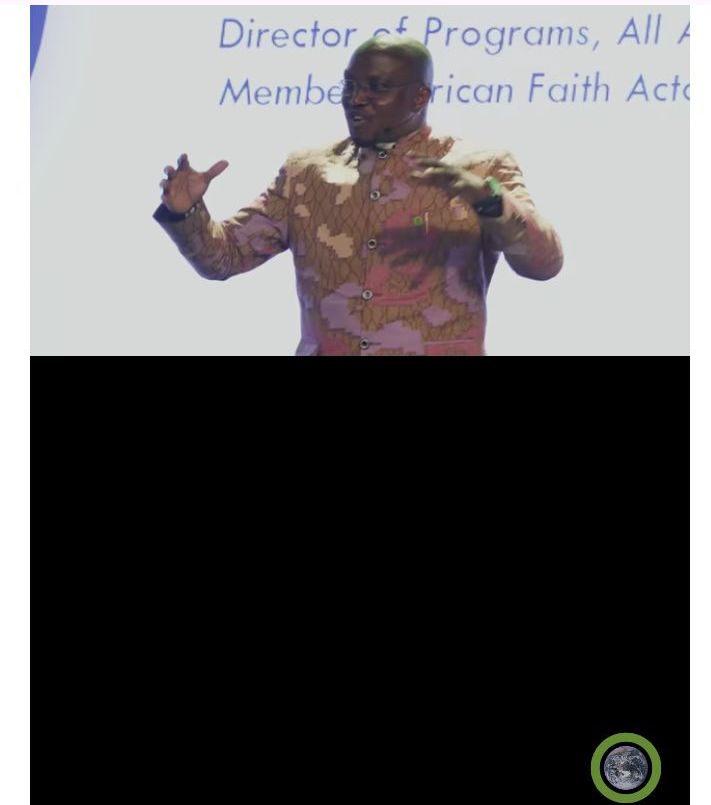
Climate Reality’s Global Mission
Phyllis Cuttino, President and CEO of The Climate Reality Project, took to the stage with clarity and conviction, outlining the organization’s three pillars: cutting greenhouse gas emissions, empowering communities, and driving policy change. With a swelling sense of purpose, we understood that this training was not just a conference, it was a commitment to lifelong service.
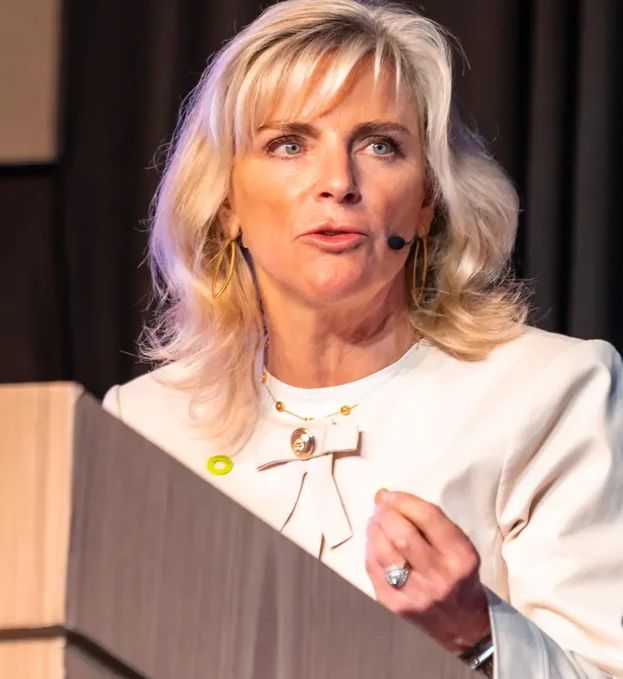
Ambassador Ali Mohamed, Kenya’s Special Envoy for Climate Change, welcomed us officially, celebrating Kenya’s status as a leader in renewable energy and green growth. He shared his vision for Kenya’s just transition and called on each of us to be torchbearers of change.
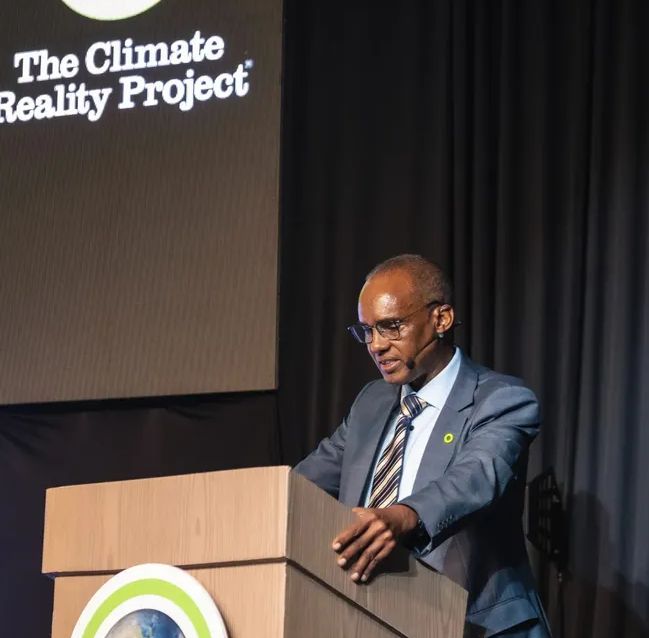
Al Gore’s Climate Science Masterclass
Then came the moment we had all been waiting for. Former U.S. Vice President and Nobel Laureate Al Gore delivered his hallmark presentation, a breathtaking, data-rich exploration of the climate crisis. From receding glaciers to rising inequality, his slides painted a sobering picture. Yet, amid the urgency, he offered hope, solutions, innovations, and the unstoppable force of people power.
His passion was infectious, and many of us, myself included were moved to tears. It wasn’t just the science. It was the moral clarity with which he spoke. Climate change, Gore insisted, is not only an environmental issue, it is the defining ethical challenge of our time.
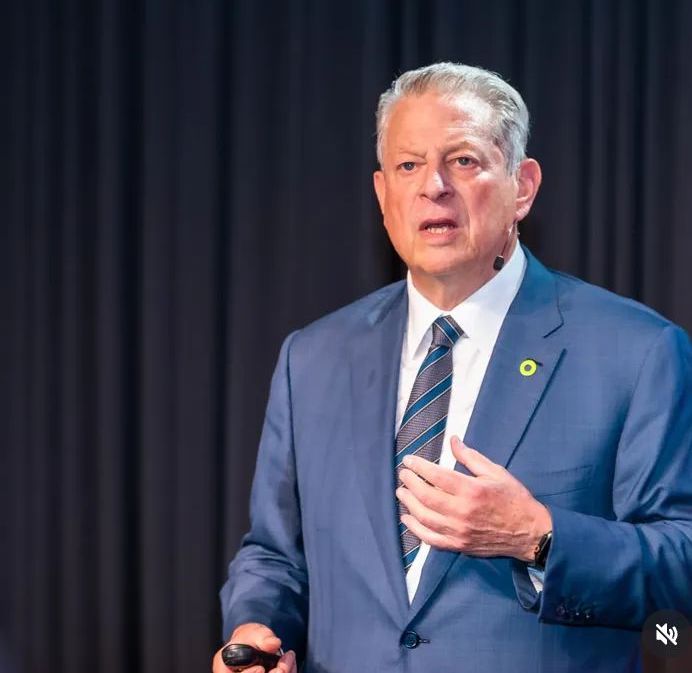
Kenya’s Climate Leadership
In the afternoon, a powerful panel moderated by Al Gore himself highlighted Kenya’s groundbreaking work in clean energy and policy innovation. Mohamed Adow (Power Shift Africa), Yvonne Nyokabi Gachugi (UNDP), and Dr. Rebekah Shirley (WRI Africa) engaged in a riveting conversation about the promise and pitfalls of climate finance, technology, and governance.
Their message was clear: Africa is not a victim but a visionary. Kenya’s example can guide the continent toward a green, just, and inclusive future.
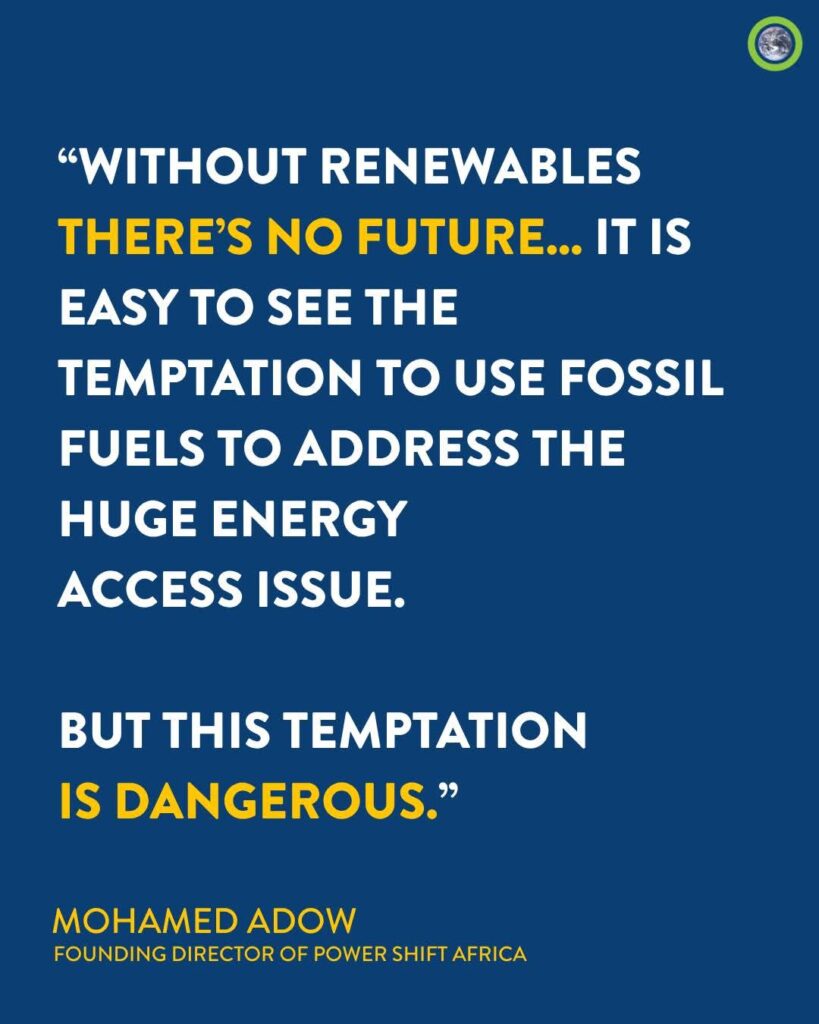
From Reflection to Action: Mentor Groups & Breakouts
During the mentor breakout session, the energy shifted from listening to sharing , and that’s where the real magic began. I was incredibly honored to meet and guide my group of 17 mentees, each with a unique story, deep conviction, and a love for the planet that was truly inspiring.
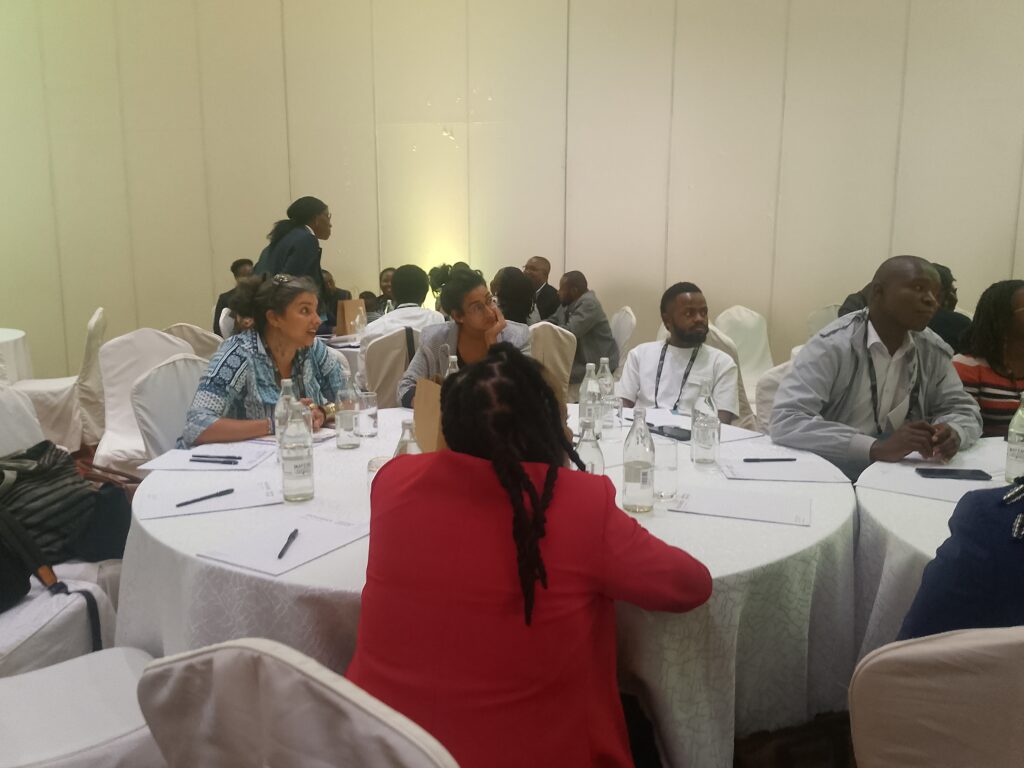
I opened with an icebreaker that brought us closer:
“Why do you love nature, and why do you care about protecting it?”
The answers were as diverse as they were powerful , from childhood memories of climbing trees to the harsh realities of climate impacts in their communities. It reminded me that nature connects us all, no matter where we come from.
We then reflected on Vice President Al Gore’s presentation and submitted our burning questions for the Day Two Science Q&A. The discussions were thoughtful, informed, and full of curiosity , a testament to the passion in the room.
The session closed with a visionary activity, asking:
“Imagine the Reality you want.”
Our responses painted a bold and beautiful future:
✅ Clean air for all
✅ Thriving, restored ecosystems
✅ Green jobs for youth
✅ Resilient communities
✅ Inclusive, just climate leadership
The collective dreaming was electric. It reminded me that while the climate crisis is urgent, the solutions are within us and our imagination is our most powerful tool for change.
I left the room deeply moved and hopeful , knowing the future of climate leadership is in powerful, caring hands.
Capacity Building Sessions
The evening of Day One culminated in one of the most impactful moments of the training , capacity-building breakout sessions designed to equip us with the tools, strategies, and insights needed to lead effective climate action in our communities. We broke into smaller groups, each focused on a key pillar of climate advocacy. In the Hall of Africa, Alphonce Shiundu, Kenya Editor at Africa Check, led a dynamic session on climate misinformation. He taught us how to spot false claims, verify data, and uphold truth in an era where disinformation undermines climate action. Meanwhile in Almasi 1, Lynn Kamande, Rukiya Khamis, and Lutfiya Wanjiru from 350Africa.org facilitated an eye-opening session on coalition-building. They emphasized the power of intersectional movements and practical strategies to build, organize, and amplify climate campaigns through collaboration and digital tools.
In Almasi 2, Bertha Letsoko and Courtney Morgan from the African Climate Reality Project helped us unpack the complexities of climate finance. Together, we explored how funding flows, who benefits, and how to demand transparency and justice-centered investment across Africa. Each room echoed a common truth: climate justice requires knowledge, courage, and collaboration. These sessions reminded us that movements are not built by passion alone ,they’re built by people willing to learn, share, and lead with clarity. We walked away with sharpened skills, a deeper purpose, and the confidence to turn knowledge into real-world impact.
DAY TWO: RESILIENCE, EXPRESSION, AND EMPOWERMENT
Day Two opened with warmth and power as Laurel Kivuyo from Tanzania shared her climate journey. A youth leader, founder, and changemaker, Laurel embodied the spirit of young Africans rising for climate justice.
Innovations for Resilience
The morning panel explored how green jobs, skills development, and nature-based solutions can foster resilience in vulnerable communities. Moderated by Dorothy Aseyo Asuza, with panelists from UNICEF, WRI, and The Toolkit for Skills and Innovation, the conversation centered on action: empowering people, especially youth and women, through climate-smart development.
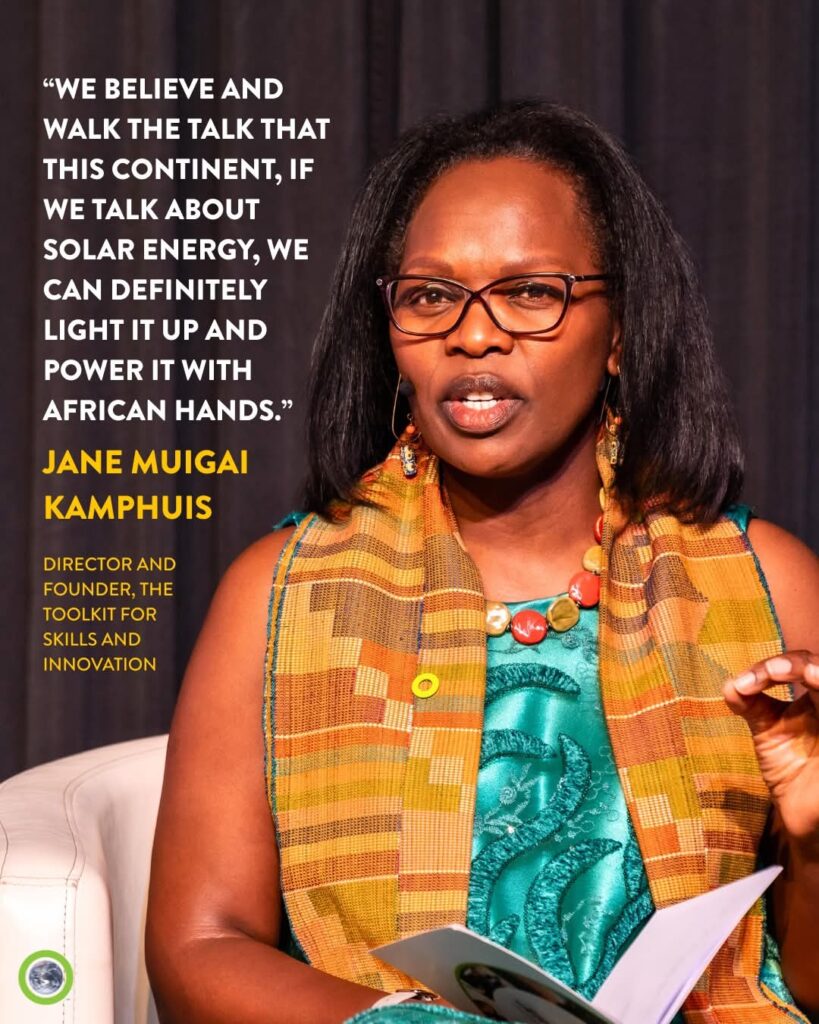
Ask the Scientists: Al Gore Returns
Ask the Scientists: A Moment I’ll Never Forget
One of the most engaging parts of Day Two was the live Q&A session with Vice President Al Gore and two of Kenya’s top climate scientists , Dr. Cromwel Lukorito and Dr. Lydia Olaka. This session created a vital bridge between climate science and lived realities, covering complex topics like carbon markets, extreme weather patterns, and climate adaptation.
Out of the 22 mentor groups, I was incredibly proud that my group ,Group 12 had one of the seven selected questions for the scientists. Standing in front of more than 700 people, I read our question aloud for the very first time:
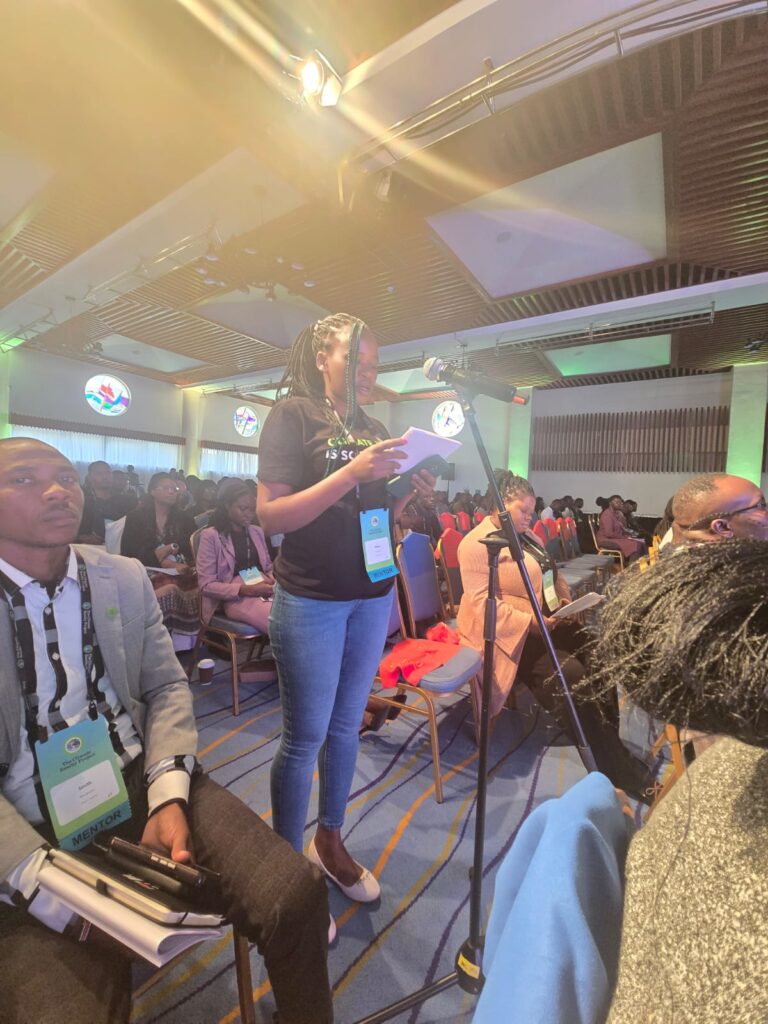
“How do we ensure strict enforcement of international treaties and policies among the countries that have ratified the Paris Agreement, the Global Plastics Treaty, and the COP decisions?”
It was a defining moment for me , not just as a mentor, but as a climate advocate. To see our question chosen and taken seriously at such a high level was both affirming and empowering. It reminded me that youth voices, especially from the Global South, matter in shaping the future of international climate governance.
Later in the day, Vice President Al Gore returned to the stage to introduce us to Climate TRACE , a groundbreaking digital platform that could revolutionize the way we fight the climate crisis. Powered by satellite imagery and artificial intelligence, Climate TRACE (Tracking Real-time Atmospheric Carbon Emissions) provides open-access, near real-time data on greenhouse gas emissions from nearly every major sector and country in the world.
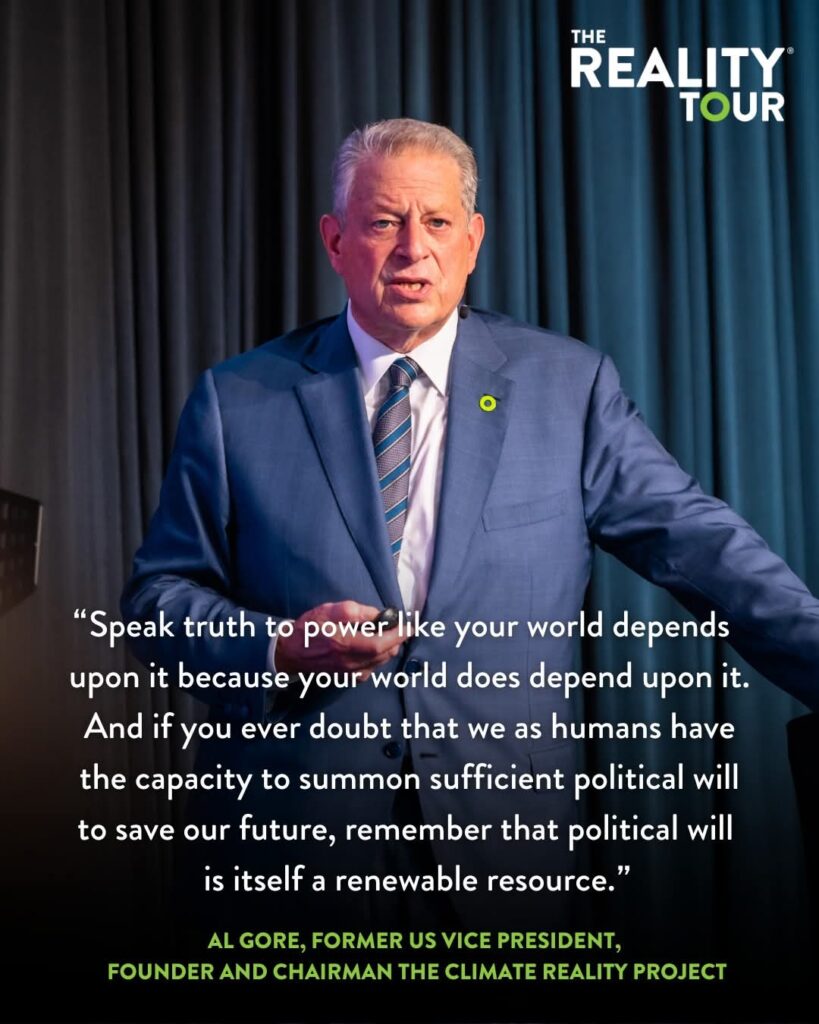
This tool is especially significant for activists, journalists, researchers, and policymakers who often lack accurate, timely, and transparent data on emissions , particularly in countries where reporting is weak or politically manipulated. With Climate TRACE, we now have the power to pinpoint who is polluting, where, and how much removing the veil of secrecy that has long protected the worst emitters.
It was a true game-changer , proof that data and digital technology are powerful allies in our fight for climate truth and accountability. In a world where misinformation and greenwashing are rampant, tools like Climate TRACE restore credibility, empower advocacy, and give civil society the evidence it needs to demand action from governments and corporations alike. This was not just a presentation , it was a call to use knowledge as power.
Poetry, Postcards, and Partner Voices
A powerful group photo captured the energy in the room as everyone held up their cards, sending a unified message to the COP Presidency. Creativity met advocacy as acclaimed Kenyan poet Ngwatilo Mawiyoo delivered a moving performance of her piece “Earth, My Witness,” a reminder that art is a potent tool of resistance. This was followed by a collective postcard action, calling on COP30 leaders to uphold justice, transparency, and accountability in global climate negotiations.
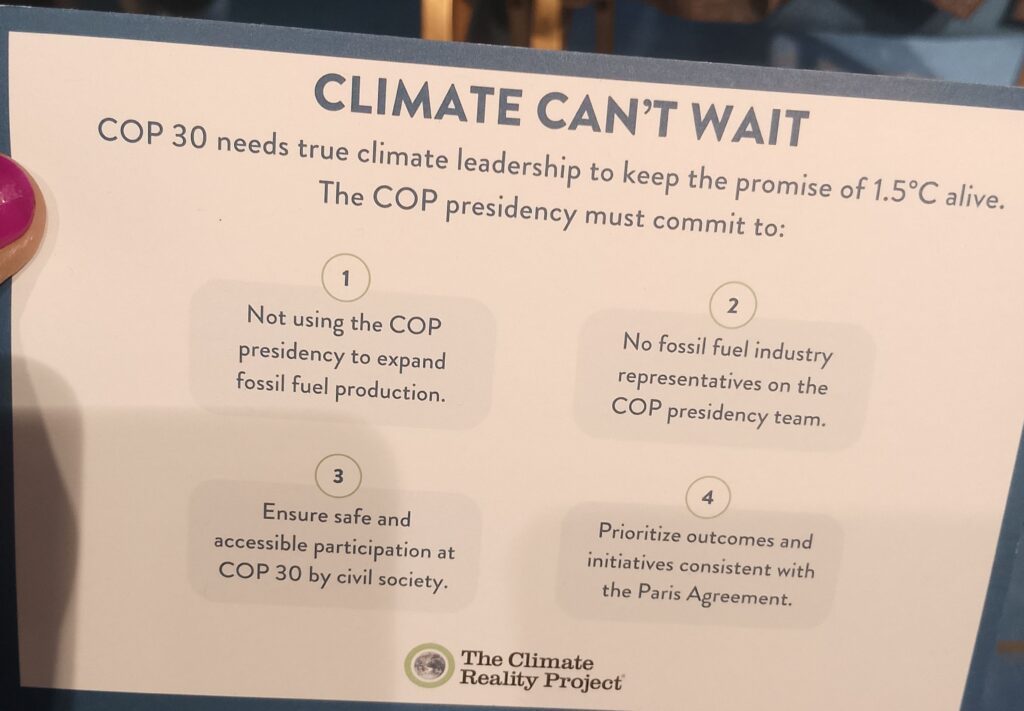
The Climate Reality Project Partners
The Power of Partnerships: A Lightning Round of Impact
In a fast-paced and energizing lightning round, we heard from over a dozen partner organizations working tirelessly across Africa to advance climate justice, community resilience, and policy reform. Each speaker brought a unique perspective, showcasing grassroots innovations, campaigns, and movement-building strategies.
From 350Africa.org, Conservation Alliance of Kenya, GreenFaith Africa, and groundWork, to Kenya – AJTN, Kenya Climate Change Working Group, Kheri Environmental Action Network (KEAN), and the Laudato Si’ Movement Africa , the collective power of civil society came alive. We also heard from the Pan-African Climate Justice Alliance (PACJA), Power Shift Africa, Save Lamu, The Green Belt Movement, Wangari Maathai Foundation, and WRI Africa.
Their messages were clear: local communities are leading solutions. Faith leaders are raising their voices. Youth are organizing. Women are resisting. Scientists are guiding. Artists are healing. And together, we are building a more just, inclusive, and sustainable Africa.
This powerful moment underscored a truth we cannot forget: collaboration is our greatest strength, and when movements move together, change becomes unstoppable.
Growing Stronger Together
On the second day of the Climate Reality Training in Nairobi, the mentor-mentee discussions deepened in both focus and purpose. As mentors, we guided our groups through heartfelt reflections and strategic conversations , translating two days of inspiration into practical action. My group engaged enthusiastically, reflecting on the pressing climate issues in their communities and identifying connections between local realities and the powerful presentations from Days One and Two. From the impacts of flooding and waste management gaps to the lack of youth involvement in climate policy, their insights were deeply personal and grounded in lived experience. We also explored what’s needed to address these challenges , from knowledge-sharing and funding to policy advocacy and community mobilization.
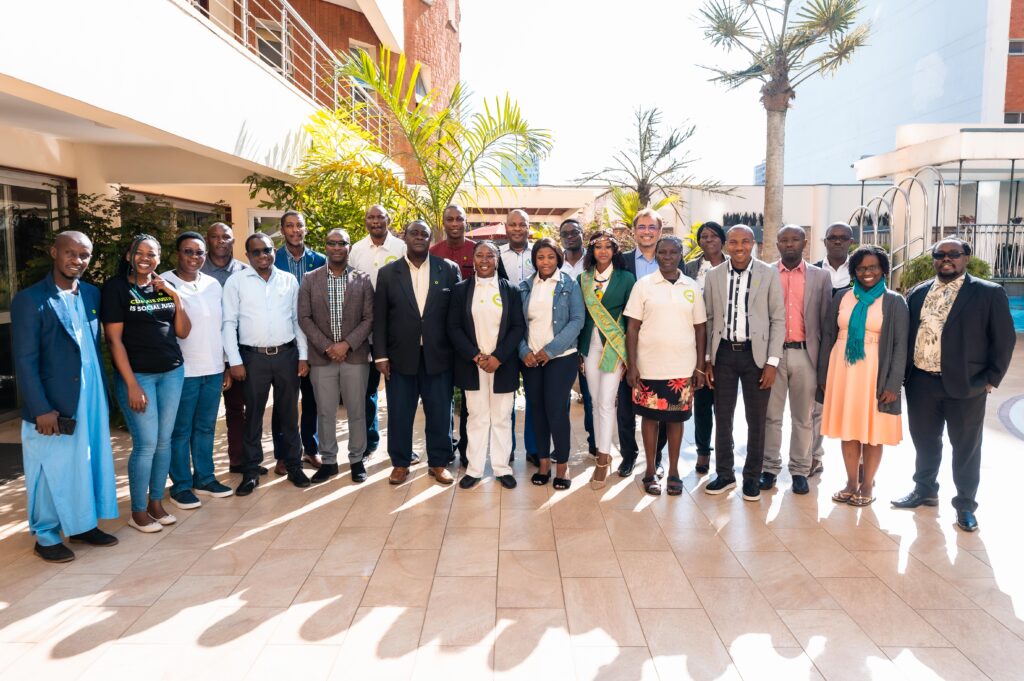
What stood out was the shift from awareness to action. Together, we brainstormed actionable plans rooted in each participant’s context , ranging from climate education in schools and women-led tree-planting campaigns to launching youth food justice initiatives and engaging local governments. There was a sense of urgency, but also unity. Some mentees found partners among fellow trainees facing similar challenges, while others committed to joining existing local campaigns before the end of the training. As the session drew to a close, there was a spark ,the kind that comes when people realize they are not alone in the fight. We left the room with a shared purpose, renewed strength, and the beginning of many local solutions powered by community-driven climate leaders.
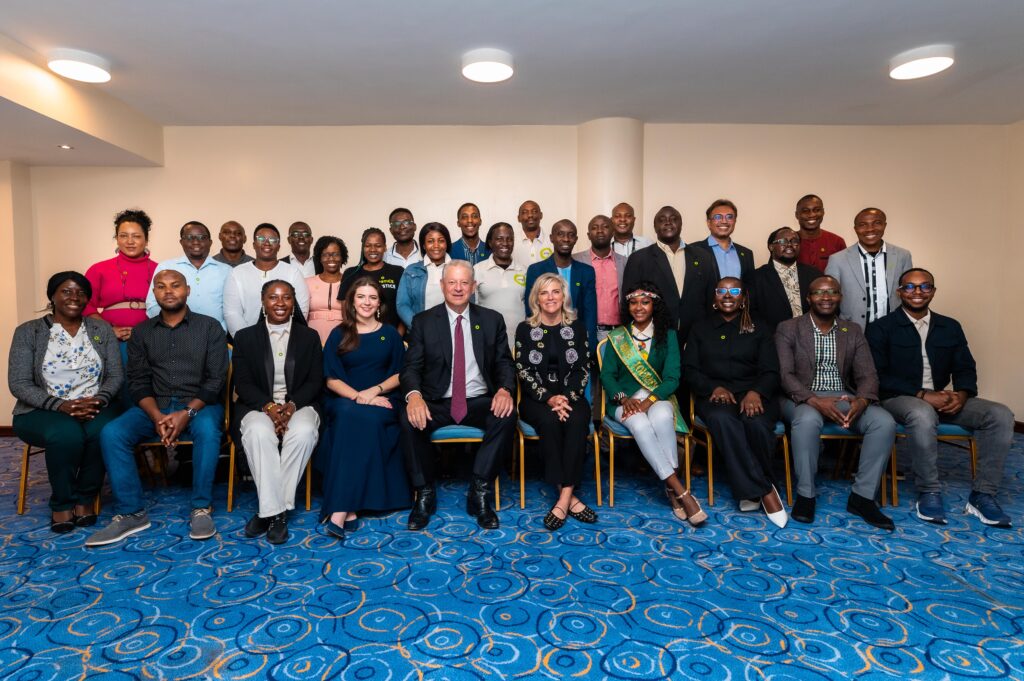
CAPACITY BUILDING SESSION
The day wrapped up with a final round of capacity-building breakout workshops, where participants built practical skills in tackling misinformation with Alphonce Shiundu of Africa Check, coalition-building with Lynn Kamande, Rukiya Khamis, and Lutfiya Wanjiru from 350Africa.org, and navigating climate finance with Bertha Letsoko and Courtney Morgan of the African Climate Reality Project. These sessions equipped us with the tools to strengthen advocacy efforts in our local contexts. The evening culminated in the vibrant Community Reception and Partner Fair, a lively cocktail event filled with music, celebration, and connection. All of The Climate Reality Project’s partner organizations were present, sharing their work, engaging with attendees, and sparking conversations on collaboration and climate justice. As stories were exchanged, contacts shared, and new alliances formed, the night ended on a high a joyful reminder that this movement is not only about action but also about community and hope.
DAY THREE: JUSTICE, LEGACY, AND THE GREEN RING
The final day arrived with mixed emotions , joy, reflection, and the resolve to continue what had begun.
Karura and the Power of Collective Action
The morning began with a fierce reminder of our local battles and a call to action to protect Karura Forest, Nairobi’s urban lungs, from development threats. We joined a viral #SaveKarura campaign, reminding the world that environmental justice begins at home.
Centering Justice
The “Championing Climate Justice” panel was a powerful highlight of the final day moderated by Ashley Kitisya, Africa Programs Manager at the Laudato Si’ Movement. The panel featured a dynamic group of frontline climate justice leaders, each rooted in community-based advocacy. Raya Ahmed Famau, Executive Director of the Lamu Women Alliance and Board Member and Treasurer of Save Lamu Organization spoke passionately about the intersection of gender, culture, and environmental protection in coastal Kenya. Omar Elmawi, Convenor of the Movement of Movements, shared insights on resisting extractive projects and building people-centered power across the continent. Jane Meriwas, HSC, Executive Director of the Samburu Women Trust and National Convener of the Indigenous Women Council, highlighted the role of indigenous knowledge and women’s leadership in environmental stewardship. Their stories ,from Lamu to Samburu and beyond were deeply moving and undeniably powerful. Each speaker exemplified the truth that climate justice is not only possible , it is unstoppable when communities lead the way.
Truth in 10 & What’s Next
Truth in 10 & What’s Next: Turning Knowledge Into Community Power
As the final day of the Climate Reality Training approached its conclusion, Vice President Al Gore returned to the stage to deliver “Truth in 10” , a powerful, condensed version of his full climate presentation. In just ten impactful minutes, he laid out the state of the climate crisis, its root causes, and the urgent solutions at our fingertips. Designed as a tool that anyone can use, Truth in 10 simplifies complex climate science into clear, actionable insights , empowering participants to return to their communities equipped to educate, inspire, and mobilize. Whether speaking to students, local leaders, or neighbors, we now had a powerful presentation format to ignite conversations and catalyze action at the grassroots level.
Following Al Gore’s presentation, the Climate Reality Project staff took the stage to outline the many ways we can stay involved after the training. From joining global campaigns, engaging with regional advocacy efforts, or supporting policy initiatives, to launching local Climate Reality branches, they made it clear that this movement doesn’t end with the training , it expands. Leaders like Chibeze Ezekiel, Executive Coordinator of the Strategic Youth Network for Development and a 2023 West Africa Climate Reality Leader, shared real-life impact stories of local organizing. Alongside him, Dimpho Lekgeu, Communications Manager of the African Climate Reality Project, and Tasha Mwanakalando, International Senior Regional Organizer with The Climate Reality Project, energized the room with tangible next steps. They reminded us that climate leadership is a journey and we now carry the knowledge, community, and tools to lead with purpose wherever we are.
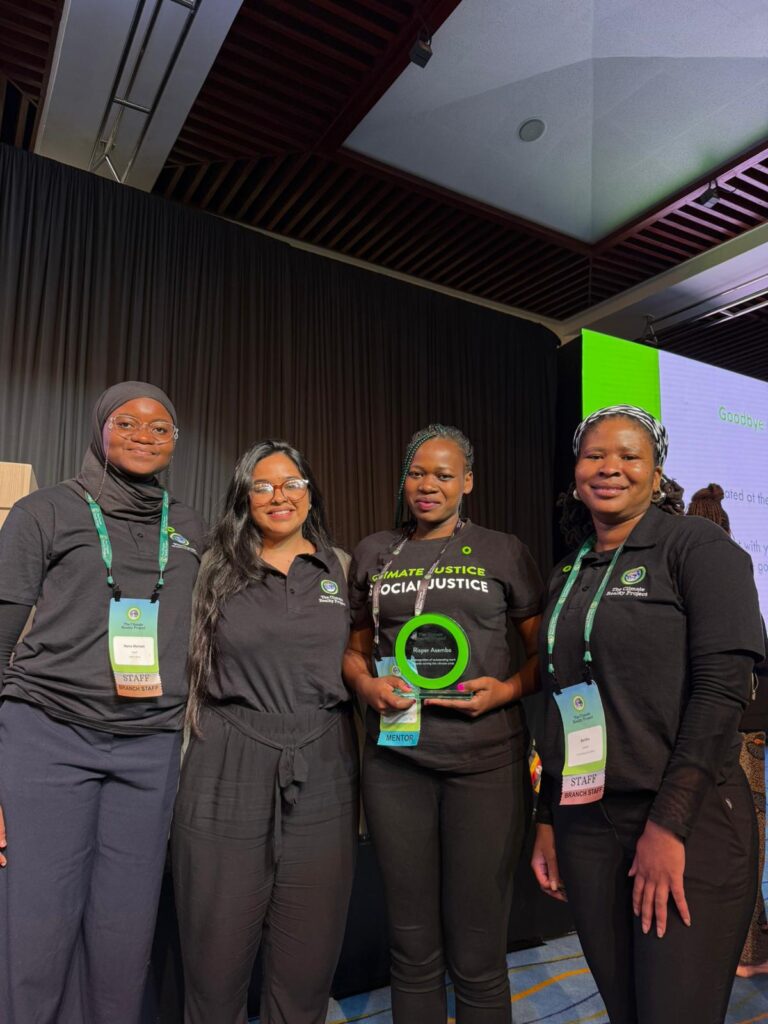
The Award That Left Me Speechless!
The grand finale of the Climate Reality Training was the highly anticipated presentation of the Alfredo Sirkis Memorial Green Ring Award ,a moment filled with raw emotion and quiet reverence. Named in honor of the late Brazilian environmentalist and visionary leader, the award recognizes outstanding Climate Reality Leaders who exemplify courage, commitment, and grassroots climate leadership. When Vice President Al Gore stepped onto the stage to present the award, the room fell into a hush.
And then, something completely unexpected happened , my name was called. I was frozen. For a few seconds, I couldn’t move. I was completely shocked and speechless. As I walked toward the stage, my heart was pounding, tears welled in my eyes. I never imagined that the work I’ve been doing , often quietly, often with limited resources but unwavering passion , alongside my team and community, would be seen, let alone celebrated on a global platform.
Receiving this award was the greatest honor of my life. It affirmed that our voices matter, that local actions ripple globally, and that we do not need massive platforms or funding to make a meaningful impact. As I stood there, holding the award, one truth echoed in my heart:
“It doesn’t have to be big to be great.”
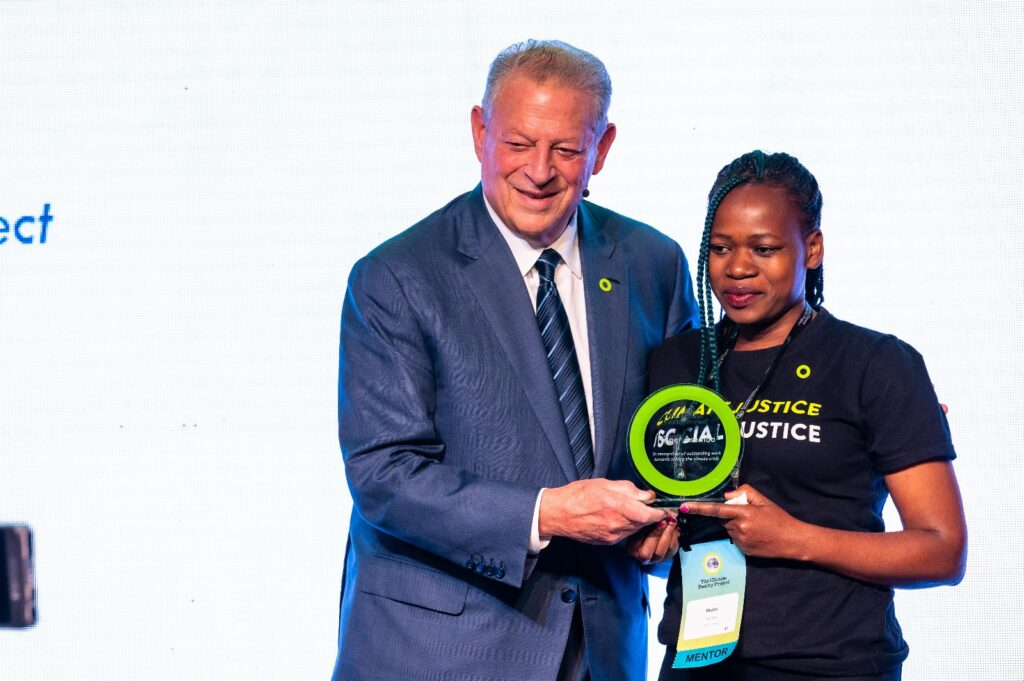
That moment wasn’t just for me , it was for every young African changemaker working at the grassroots, for every child we’ve taught, every tree we’ve planted, every story we’ve told. It was a powerful reminder that the world is watching, and our everyday acts of climate leadership do make a difference.
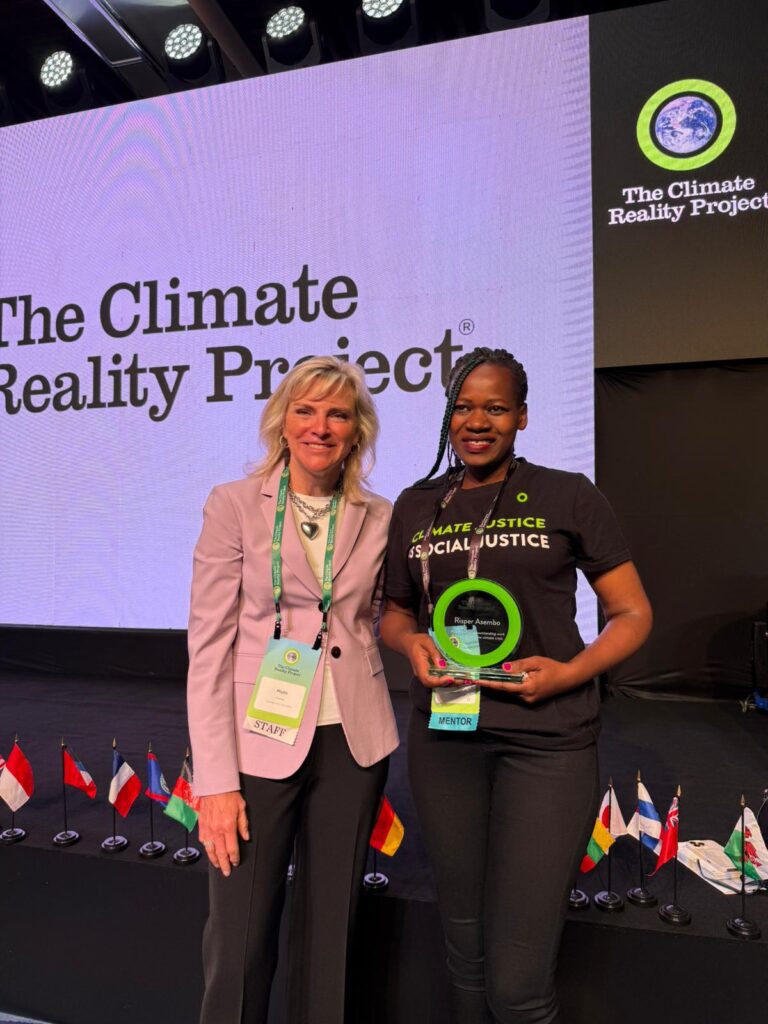
Leaving Nairobi, lit from within
As we said goodbye to our mentors and received our symbolic green ring pins, it became clear: we were leaving as more than trainees. We were guardians of truth, messengers of justice, and warriors of hope.
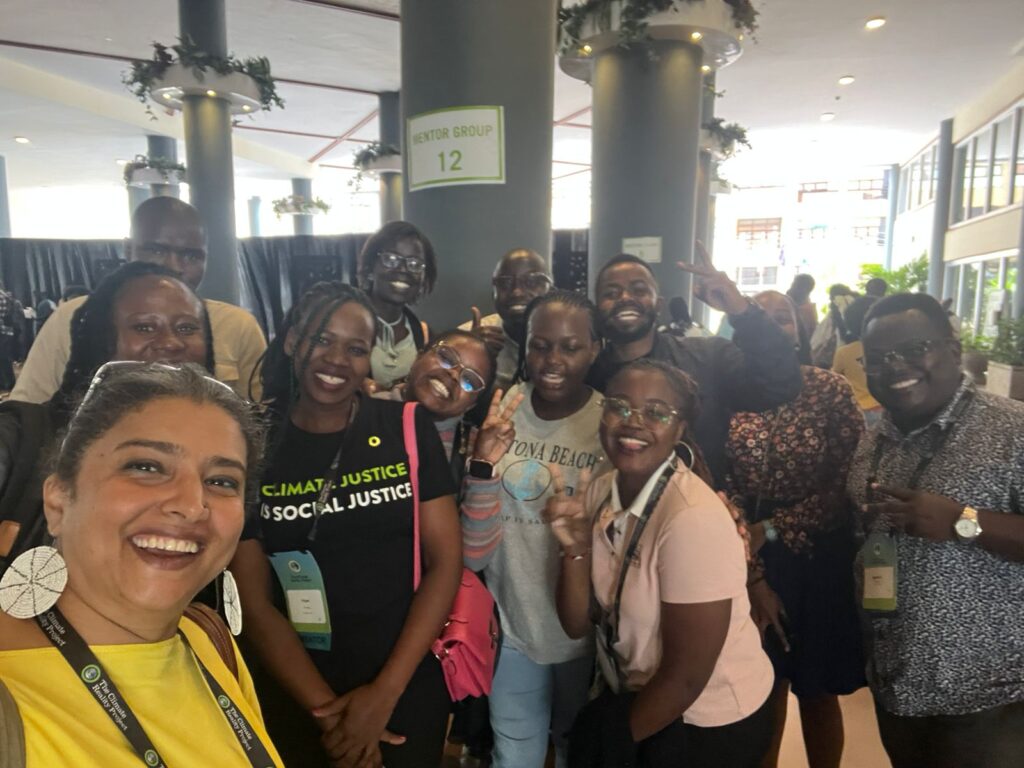
Nairobi didn’t just host a training. It launched a movement , one rooted in African strength, driven by global solidarity, and ignited by the simple yet profound truth that climate action is not optional , it is everything.
Reflections and Next Steps
I left the training transformed, my heart full, my mind expanded, and my hands ready to act. The Climate Reality Training in Nairobi was not an end. It was a beginning.
Now, it’s time to turn knowledge into action. To plant seeds of change in our communities. To speak boldly and act bravely. And to remember, always:
“Every great movement starts with a whisper of truth until it roars with the voices of many.”
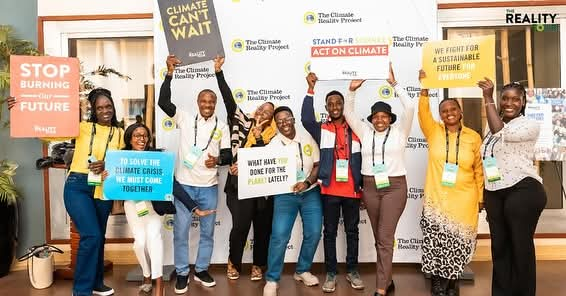
Want to join this global movement? Learn more at www.climaterealityproject.org.
Training video

Keep pressing on
Congratulations Risper ,
Let keep the spirit of climate action.
Nathaniel Magembe Climate Reality Leader/Mentor